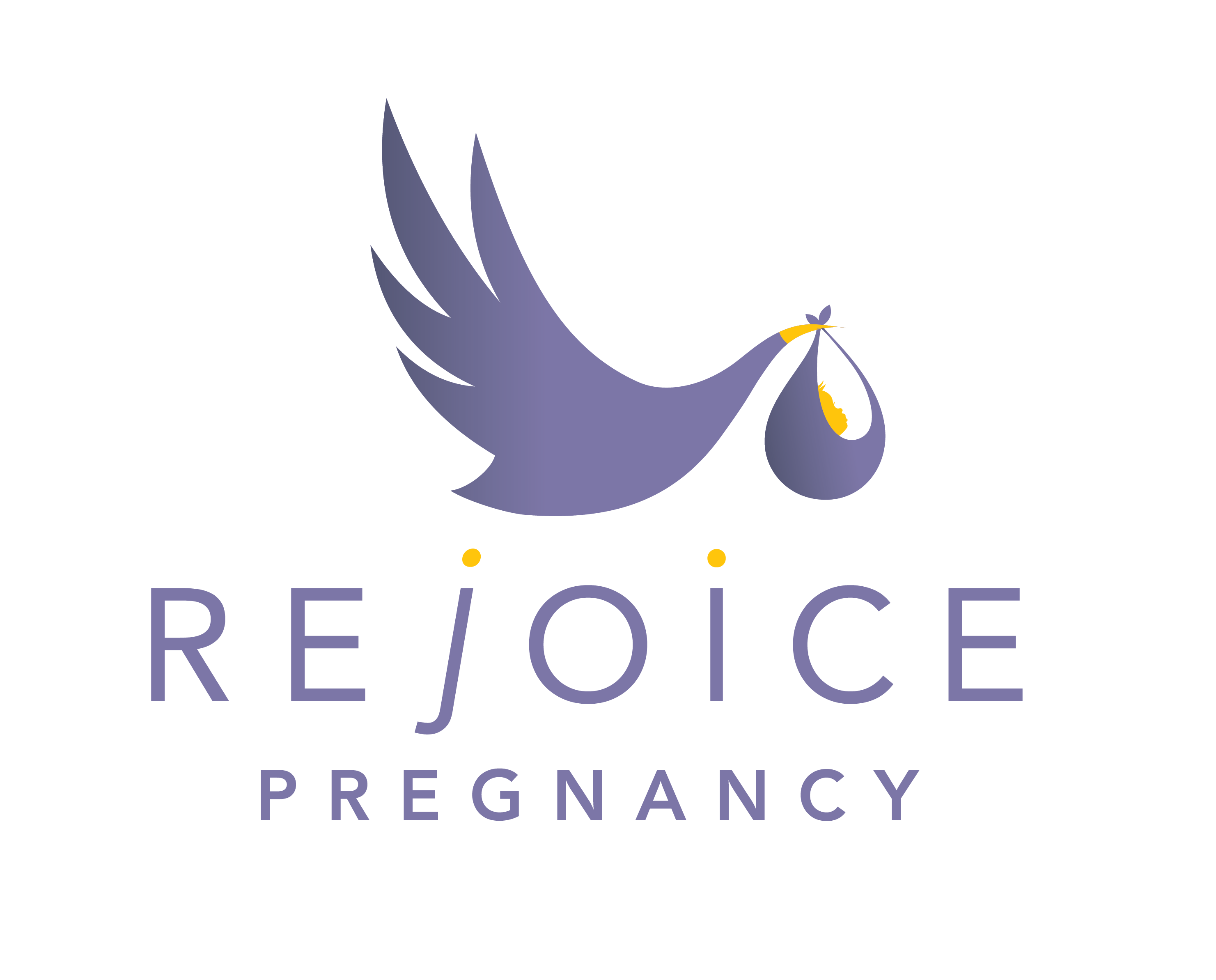What difference does it make? With more and more mummies-to-be opting for a planned caesarean, here’s what you need to know before making your decision.
Some women prefer the certainty of preparing for a planned pregnancy. Knowing the date on which their baby will be born and being able to make all the necessary preparations, to the uncertainty of waiting for labour to begin spontaneously. However, obstetricians are unlikely to offer a planned caesarean unless there is a medical reason for it.
Increasingly, there are more women requesting for caesarean sections without any clear medical reason. The common reasons for patients requesting for a planned caesarean section include the fear of labour pain, the fear of episiotomy, fear of the uncertainty of achieving a normal delivery, wanting a horoscopic delivery or not wanting a long labour
Will You Always be Able to Choose?
It will very much depend on the patient’s clinical situation and personal wishes. It is important to discuss with your doctor. If you are uncertain, you may seek a second opinion. The best way is for you to discuss with your doctor and balance the risks and benefits of each option so that you can make an informed decision
It is vital that if you are presented with such a choice, you think carefully about your decision.
The Reasons for your Choice.
Planned caesarean sections can be done for medical reasons, or non-medical reasons at a patient’s request, explains Dr Watt Wing Fong, specialist in Obstetrics and Gynaecology, Raffles Women’s Centre. Common medical reasons include low lying placenta, abnormal baby’s position (eg breech), previous caesarean sections, or any conditions that may make a vaginal birth unsafe.
Knowing the Difference
Vaginal birth used to be the default choice for childbirth and women were not given much of an option. Caesarean sections were only done on an emergency basis when the natural birth plan fails or electively for medical indications like breech presentation or placental praevia.
In general, vaginal birth is recommended over a caesarean section in women with uncomplicated pregnancies and no previous caesarean sections because it is a more natural process for mother and baby, explains Dr Tan Eng Loy, consultant from the Department of Obstetrics and Gynaecology, Singapore General Hospital.
Statistically, the least amount of long term and short term complications is associated with successful vaginal births.
Furthermore, recovery in general is quicker for those who undergo vaginal birth compared to a C-section, says Dr Tan. The hospital stay is shorter for vaginal birth with a lower risk of needing readmission to hospital.
The process of vaginal delivery is believed to “squeeze” fluids out from the baby’s lungs, as a result, they are less likely to develop respiratory distress, explains Dr Tan, compared to those born via caesarean section. Consequently, babies are less likely to require neonatal intensive care admission.
There is a risk that the baby may be cut accidentally during a caesarean section (up to 2 in 100). There is a higher risk of needing a hysterectomy (operation to remove the womb) for severe bleeding in women after planned caesarean delivery compared to those after vaginal delivery, says Dr Tan.
*Read More about the “Effects and risks of c-section” here.
One of the highlights of our “Lactation Therapy with Birth Preparation” service is that our maternal health visitors can help mothers who are at their 30 week or after mark to prepare and encourage vaginal birth by loosening the cervix, pelvic and perineal muscles.
Rejoice Pregnancy wishes to educate, prepare and support new parents throughout their pre/post pregnancy period while caring for the health and wellness of the mom.

